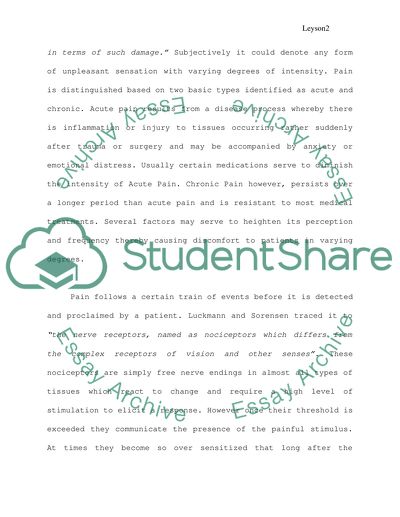Cite this document
(Management of Chronic Pain for Patients With Breast Cancer Literature review Example | Topics and Well Written Essays - 1750 words, n.d.)
Management of Chronic Pain for Patients With Breast Cancer Literature review Example | Topics and Well Written Essays - 1750 words. https://studentshare.org/health-sciences-medicine/1512498-management-of-chronic-pain-for-patients-with-breast-cancer
Management of Chronic Pain for Patients With Breast Cancer Literature review Example | Topics and Well Written Essays - 1750 words. https://studentshare.org/health-sciences-medicine/1512498-management-of-chronic-pain-for-patients-with-breast-cancer
(Management of Chronic Pain for Patients With Breast Cancer Literature Review Example | Topics and Well Written Essays - 1750 Words)
Management of Chronic Pain for Patients With Breast Cancer Literature Review Example | Topics and Well Written Essays - 1750 Words. https://studentshare.org/health-sciences-medicine/1512498-management-of-chronic-pain-for-patients-with-breast-cancer.
Management of Chronic Pain for Patients With Breast Cancer Literature Review Example | Topics and Well Written Essays - 1750 Words. https://studentshare.org/health-sciences-medicine/1512498-management-of-chronic-pain-for-patients-with-breast-cancer.
“Management of Chronic Pain for Patients With Breast Cancer Literature Review Example | Topics and Well Written Essays - 1750 Words”. https://studentshare.org/health-sciences-medicine/1512498-management-of-chronic-pain-for-patients-with-breast-cancer.


